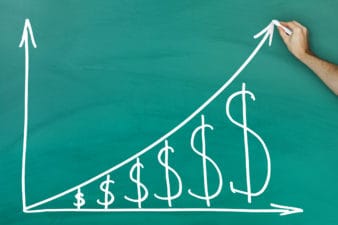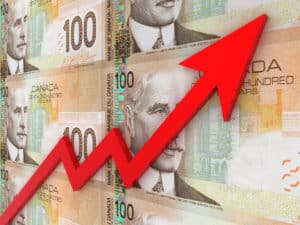Millennials were dealt two of the worst market crashes in the stock market’s history: The Great Recession of 2008 and The COVID-19 crash of 2020. Older millennials who graduated into the former crisis took a major hit. But those who stayed the course with their investments and bought stocks with their Tax-Free Savings Account (TFSA) when it came out in 2009 (one of the best buying opportunities of all time) came out ahead of the pack.
Similarly, buyers of the coronavirus dip were rewarded with quick gains for their courage. Now that S&P 500 is looking to break out to new all-time highs, many millennials may be in the enviable spot to hang up the skates on the labour force early, as their wealth continues to swell in size despite the unprecedented magnitude of market volatility.
The FIRE movement has been put to the test for millennial retirees
The FIRE (Financial Independence, Retire Early) has been gaining in popularity with millennials over the years. But it’s also been met with skepticism from older folks who think it’s a foolish (that’s a lower-case “f”) idea at best and a pipe-dream at worst.
With the COVID-19 crisis, there’s no question that the sustainability of FIRE has been put to the test. At its worst, there was a cash crunch that sparked a rush out of securities of all types. But for those millennial retirees with enough liquidity (and the guts) to just hang in there without selling, their early retirement nest eggs weren’t wiped out, as the markets were quick to recover in the ensuing months following the vicious February-March sell-off.
While there’s no one-size-fits-all retirement nest egg amount for any individual, this piece will try to determine whether CA$500,000 is enough to retire sustainably and comfortably.
You’ve probably heard of the 4% rule. The rule of thumb that recommends retirees to average a portfolio yield of no more than 4%. A 4% yield on half a million is $20,000, which, while enough to retire frugally in a Canadian city with a low cost of living, does not account for taxes that an early retiree will still be on the hook for.
If you’ve accumulated a large Tax-Free Savings Account (TFSA), you may be able to shield taxes on a portion of your investment income. But overall, you can expect to set aside 25-30% of your non-TFSA investment income for taxes.
With all this taken into consideration — coupled with the fact you probably won’t be able to relinquish pension payments early to finance your early retirement — the 4% rule isn’t going to cut it for most millennials looking to retire with half a million.
What about stretching that 4% yield further?
Amid this crisis, the yield bar has been raised for select value investments. SmartCentres REIT (TSX:SRU.UN) is a battered, out-of-favour retail REIT with a 9% yield at the time of writing. The distribution is stretched, but it doesn’t look at risk of a cut should the Canadian economy continue reopening and doesn’t roll back like in select U.S. states that have suffered a resurgence in COVID-19 cases.
Smart is one of many high-yield investments (such as the BMO High Dividend Covered Call Canadian Equity ETF (TSX:ZWC)) that can help income-oriented investors average a 9% yield. But given it’s riskier to stretch one’s portfolio yield this far, does it still make sense for millennials who need to compromise to retire early?
A 9% yield on half a million would work out to $45,000, which, even after taxes, is, in theory, enough to retire on. If all goes according to plan and we experience a V-shaped recovery from this crisis that’ll imply minimal distribution or dividend cuts moving forward, half a million is enough to retire on for those with a proper budget.
Should millennials retire with a 9% yield on half a million?
In theory, you can retire with just half a million if $45,000 before taxes is enough to finance your lifestyle. But whether you should reach for more bountiful, higher-risk distributions is another story.
If you can handle another crisis without being compelled to sell your investments, only then do you have my blessing to get on the FIRE bandwagon.








